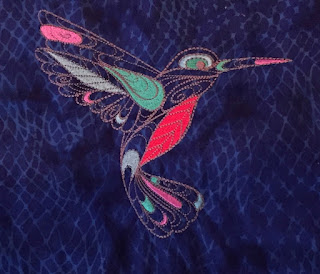I found this product line by accident. When I was helping my mother clean out her sewing room last summer, I found an ad for stuffed animal fish that she must have ripped out of a magazine a long time ago.
Needless to say, this product line is now one of my favorites. They're a line of stuffed animals called Rumpled Quilt Skins. They have all different types of animals (sheep, zebra, fish, etc.) and part of the way that you make them creates the rumpled look they have to their skin. I think they're really sweet.
There is an etsy site where you can purchase and download the pattern as a PDF. Here's the link:
https://www.etsy.com/shop/rumpledquiltskins?ref=shop_sugg
I decided to make this giraffe for my friends' baby's first birthday. Here's my disclaimer. I'm not good at making stuffed animals. There are a lot of steps to making this, and it this was almost a deterrent for me. However, the directions were very clear, and I think it came out pretty well.
You needed to purchase 2 fabrics to make your giraffe. I chose yellow and orange batiks. You also need muslin and interfacing.
Step one was to make the checkered fabric. To do this, you cut the fabric into strips, then sew it together with the colors alternating.
Then you cut it apart in the other direction, and finally sew it back together with the colors staggered.
The biggest pattern pieces are the giraffe body. You cut two out of this fabric that you've created.
Then you get to the part that I didn't really understand at first. You sew the bodies down to a piece of muslin, criss-crossing the seams on the checkerboard. I tried to do this in a contrasting color thread so it would look more interesting.
Then you trimmed the muslin off of the body pieces. After that, you have to assemble all the body pieces. As I said earlier, this pattern had some of the best directions for stuffed animal assembly that I've seen. Additionally, a lot of the pieces have detailed decorative stitches in them. There were circular patterns on the feet and some other similar designs that really brought a lot of detail to the project.
After construction, you end up with a crazy looking inside-out giraffe.
You flip it right-side out and...
...a flat giraffe is born. After this you put the giraffe into the washing machine and the drier. The way that you sewed the body pieces down to the muslin makes the body rumpled looking - giving the company its name.
Here's the giraffe post-drier: nice and rumpled
You can sew two eyeballs onto your giraffe. You can also use buttons, but since I was making mine for a one-year old, I decided to go with thread eyeballs.
Finally, it's stuffing time...



















































